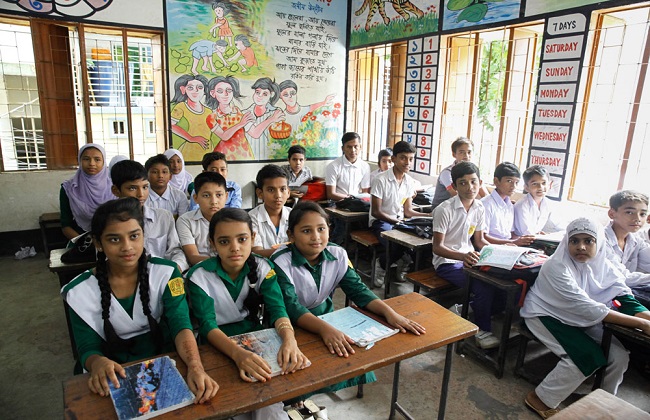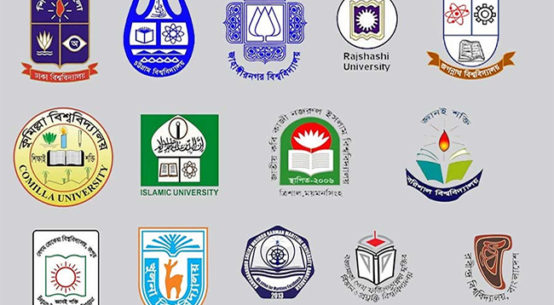
The programme of studies for at least three academic years, including 2020, 2021 and 2022, has already ruined, thanks to the Covid pandemic. When the crisis will improve and the educational institutions will open remains uncertain. However, what should be the work plan to make up for the huge loss in education in that period of uncertainty? The answer lies in a coordinated decision by the government. At this time, four crore students from primary to higher education levels are out of formal education. Although online classes are trying to make up for the loss, a large number of students remain out of this facility. Five public examinations have been canceled, with uncertainty prevailing over this year’s exams too. Meanwhile, dropout rates, child marriage and child malnutrition – all have already aggravated. Educationists say a comprehensive plan is needed to rebuild a shattered education system. The government needs to invest enough. Students, teachers, parents and civil society – everyone must be involved in the process of making up for the loss of education.
At present, the issue of how to overcome the educational loss is a hot topic of discussion among the educationists and teachers across the country. They urge the government to focus on expediting the vaccination of students quickly and on priority basis, reopening all educational institutions, intensifing online education activities, rationally reducing public examination syllabus, introducing distance learning, increasing surveillance against child marriage, providing financial and food assistance to poor families and eliminating child malnutrition. There is no doubt that online learning is never an alternative to classroom learning. Therefore, even the minimum opportunity to open educational institutions cannot be missed.
According to a UNICEF report, from March last year to February this year, educational institutions have been closed for such a long time in only 13 countries in the world, with only Bangladesh being on the list from South Asia. In these countries, around 168 million students, including over 37 million in Bangladesh, have suffered due to the closure of educational institutions. It is not possible to keep the educational institutions closed for an indefinite period. Therefore, the government should go for opening them as soon as possible by ensuring vaccination of all students and teachers at all levels. We must remember that there is no substitute for classroom education. The most important part of education is its pragmatic and practical aspects. Although it is possible to teach theoretical topics online, not all aspects of knowledge come under it. And we have to keep in mind that a large number of students in our country are from a disadvantaged background, with many of them having no digital device.
Prior to the outbreak of the Covid, the school dropout rate in 2019 was 17.9 per cent in primary and 37.62 per cent in secondary level. There is little doubt that these rates will rise further in 2021. The main reasons for this are poverty and child marriage. Especially, the slum dwellers of cities and the children of the char and haor areas are the most affected by pverty and child marriage and the dropout rate is highest among them. After the schools open, a campaign will need to be conducted to bring all the children back to education. A sense of confidence must be restored among students and parents. The government should provide incentives to teachers and schools, such as mid-day meals. In addition, additional classes have to be arranged for the weaker students. Overall supervision in schools should be intensified. Actually, the government needs a strong political commitment to make up for the loss of education.


